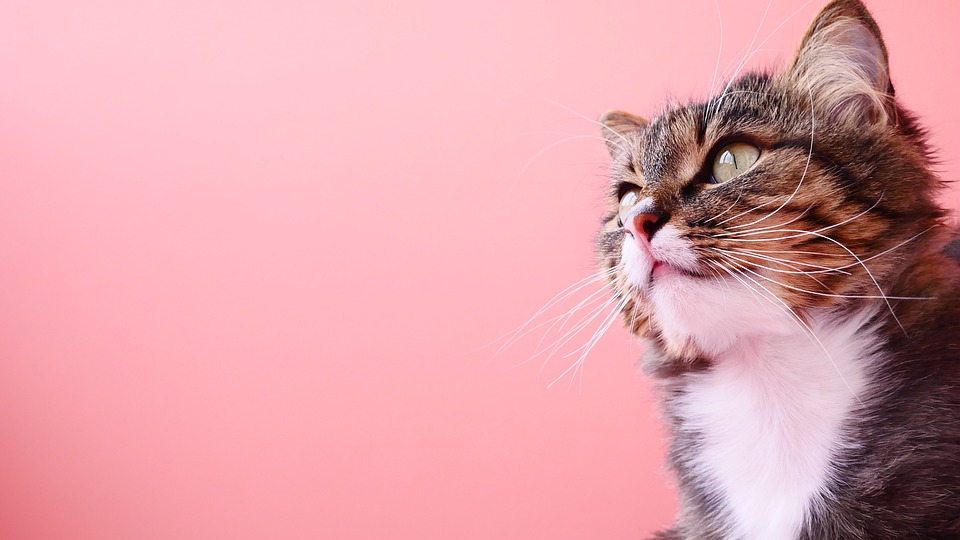Cats are known for their grooming habits, but when their licking extends beyond self-care to surfaces such as walls, furniture, or floors, it can become a cause for concern. Excessive licking of surfaces in cats, also known as excessive grooming behavior, may indicate underlying issues that require attention. In this article, we will delve into the reasons behind this behavior, discuss potential solutions, and address some frequently asked questions related to coping with excessive licking of surfaces by cats.
Understanding Excessive Licking of Surfaces
Excessive licking of surfaces is a behavior commonly observed in cats, and it can stem from various causes. Some possible reasons for this behavior include:
1. Stress or Anxiety: Cats may resort to excessive licking of surfaces as a means to cope with stress or anxiety. This behavior can serve as a self-soothing mechanism, similar to how humans may bite their nails or fidget when feeling anxious.
2. Boredom or Lack of Stimulation: Cats are highly intelligent and curious animals. If they lack mental or physical stimulation, they may engage in excessive licking of surfaces as a way to pass the time or alleviate boredom.
3. Medical Issues: Certain medical conditions, such as allergies, skin irritations, or digestive problems, can lead to itchiness or discomfort, prompting cats to lick surfaces excessively. It is crucial to rule out any underlying health issues by consulting with a veterinarian.
4. Territorial Marking: Cats have scent glands on their paws, and excessive licking of surfaces can serve as a way for them to mark their territory. This behavior is more commonly observed in multi-cat households or when a new cat is introduced to the environment.
Addressing Excessive Licking Behavior
If your cat is exhibiting excessive licking of surfaces, there are several steps you can take to address and manage this behavior:
1. Consult a Veterinarian: Before assuming the behavior is solely behavioral, it is crucial to rule out any underlying medical conditions. Schedule a visit with your veterinarian to ensure your cat’s health is in order.
2. Provide Environmental Enrichment: Cats require mental and physical stimulation to prevent boredom. Offer a variety of toys, scratching posts, and interactive play sessions to keep them engaged and entertained. Puzzle feeders or treat-dispensing toys can also help stimulate their minds.
3. Create a Calming Environment: If stress or anxiety is the root cause of the excessive licking, create a calm and safe environment for your cat. Provide hiding spots, vertical spaces, and dedicated resting areas to help them feel secure. Feliway, a synthetic pheromone diffuser, can also help reduce stress in cats.
4. Redirect the Licking Behavior: Whenever you catch your cat licking surfaces excessively, gently redirect their attention to appropriate activities. Offer a favorite toy, engage them in play, or provide interactive feeding options to redirect their focus.
5. Consult with a Behaviorist: If the excessive licking behavior persists despite your efforts, consider seeking guidance from a professional animal behaviorist. They can assess your cat’s behavior, identify underlying triggers, and develop a tailored behavior modification plan.
FAQs
1. Is excessive licking of surfaces harmful to my cat?
Excessive licking of surfaces itself is not harmful, but it may indicate underlying issues that could affect your cat’s well-being if left unaddressed. It is essential to determine the cause and provide appropriate intervention.
2. Should I punish my cat for excessive licking behavior?
Punishment is not recommended as it can cause additional stress and anxiety, exacerbating the behavior. Instead, focus on positive reinforcement and redirecting their attention to more appropriate activities.
3. Can excessive licking be a sign of allergies in cats?
Yes, excessive licking can be a symptom of allergies in cats. It is advisable to consult with a veterinarian to rule out any allergies or other medical conditions.
4. Will using bitter sprays on surfaces deter my cat from excessive licking?
Bitter sprays can sometimes discourage cats from licking specific surfaces. However, it is essential to address the underlying cause of the behavior rather than relying solely on deterrents.
5. How long does it take to modify excessive licking behavior in cats?
The duration required to modify excessive licking behavior varies for each cat. It depends on the underlying cause, the cat’s individual temperament, and the effectiveness of the implemented behavior modification techniques. Patience and consistency are key in the process.
Conclusion
Excessive licking of surfaces in cats is a behavior that warrants attention and intervention. By understanding the potential causes and implementing appropriate strategies, you can help your feline companion overcome this behavior and improve their overall well-being. Remember to consult with professionals when needed and provide a stimulating and stress-free environment for your cat to thrive.








